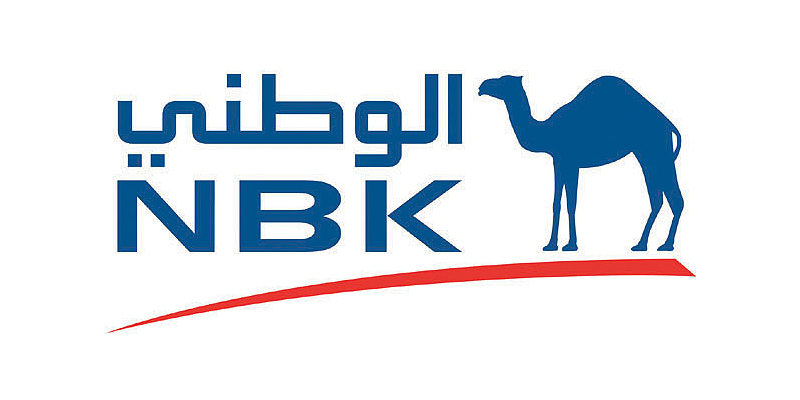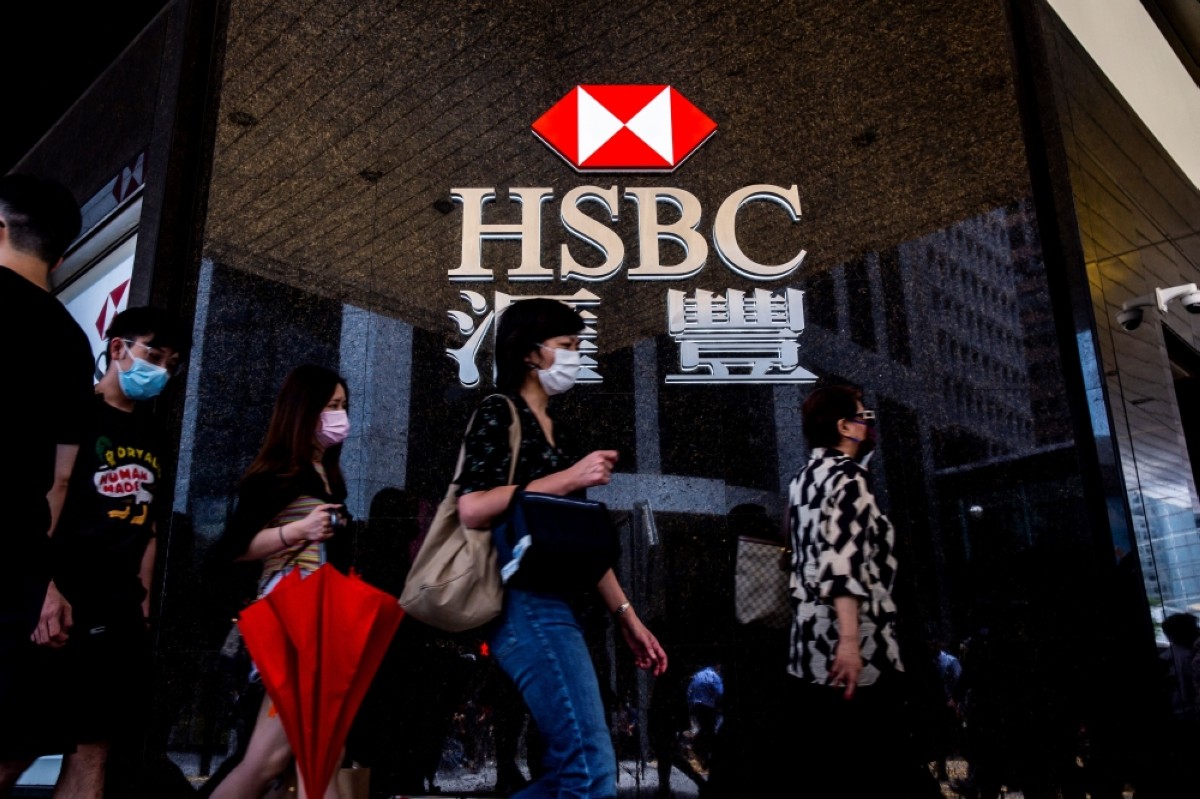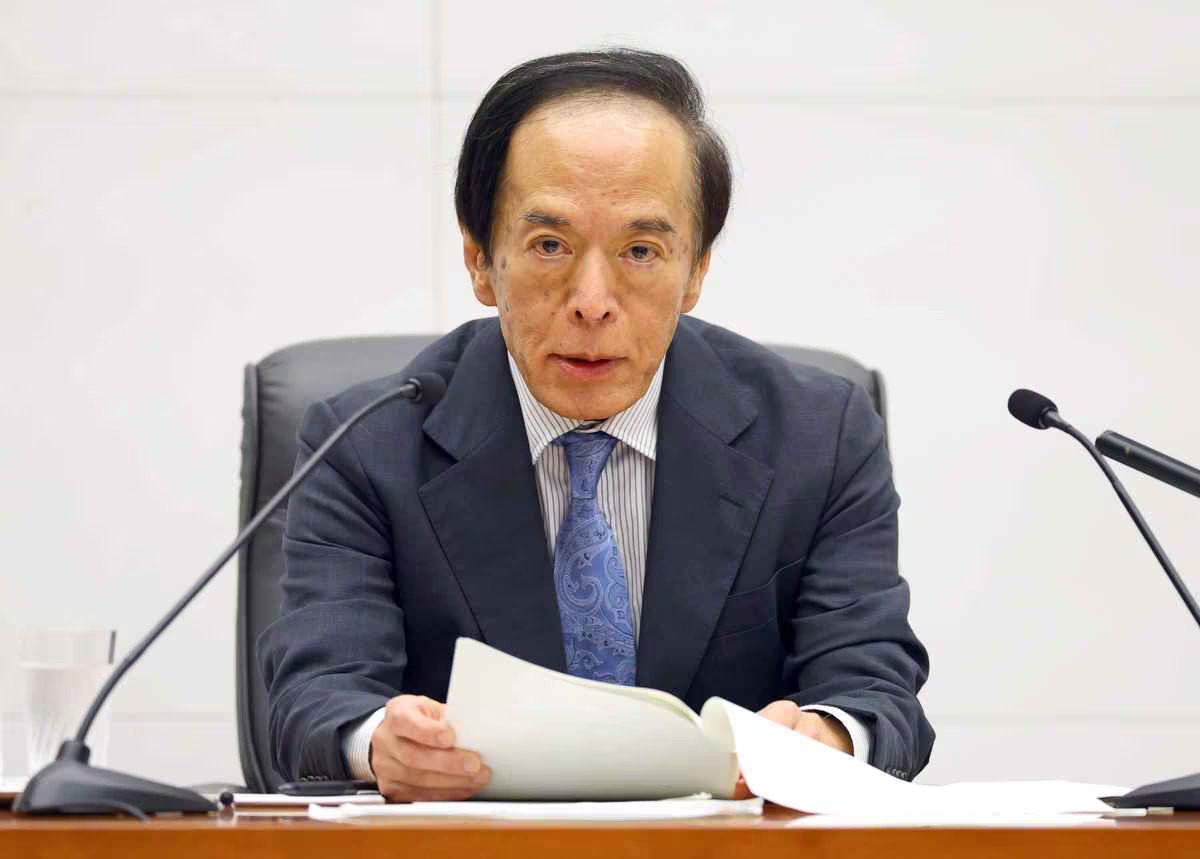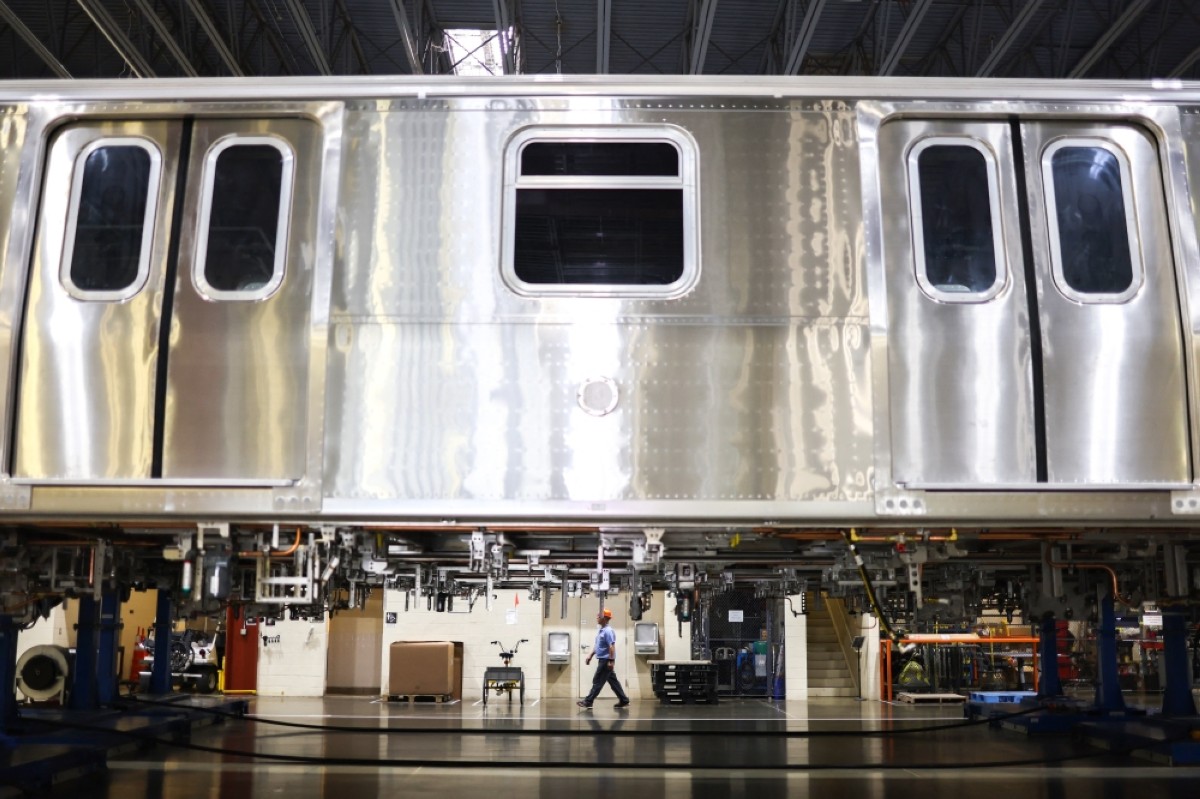US inflation edges lower to 3.8%
KUWAIT: Inflation in the United States, as measured by the Fed’s preferred gauge the Personal Consumption Expenditures (PCE) price index fell on an annual basis to 3.8 percent from 4.3 percent previously in April.

Moreover, annual Core PCE inflation edged lower to 4.6 percent versus 4.7 percent previously, which represents a monthly core print of 0.3 percent as opposed to last month’s 0.4 percent reading. The headline figure is the lowest inflation reading seen since April 2021, over two years ago following a decline in energy and food prices.
Meanwhile, despite the decline in core readings, it remains historically elevated and the slower pace of deceleration compared to headline figures indicate that stickiness in inflation remains entrenched in the economy. First quarter GDP US gross domestic product was revised upward to a 2 percent annualized rate for the first quarter, notably up from the second estimate of 1.3 percent. The figure was also above expectations of a 1.4 percent rate. The department’s final estimate of first-quarter GDP reflected an upward revision to exports, consumer spending, state and local government spending, and investment from housing businesses.
The figure reveals that the economy is in much better shape than previously believed, thanks to resilient US consumers, despite economists saying momentum has slowed in recent months. Unemployment claims The number of Americans filing for unemployment benefits fell to a one-month low of 239K. New jobless claims declined by 26K from a revised 265K the week prior. The data indicates the US labor market remains robust, and calms fears of a recession, which usually accompanies a rise in unemployment. As annual inflation runs well above the Federal Reserve’s 2 percent target and the labor market remains tight, most central bank policymakers expect they will need to raise interest rates twice more by year-end, Fed Chair Jerome Powell said on Thursday.
He noted that banking stresses which emerged in March “may well lead” to more tightening in credit conditions than would be expected from rate hikes alone. He also made note of still too-high inflation, and the “long way to go” before inflation can be returned to the Fed’s 2 percent goal. Following 10 straight rate hikes since March 2022, the Fed’s policy-setting Federal Open Market Committee earlier this month opted to leave its policy rate unchanged at the 5 percent-5.25 percent range.”We made this decision in light of the distance we have come in tightening policy, the uncertain lags in monetary policy, and the potential headwinds from credit tightening,” Powell said.
At the same time, he said, “a strong majority of Committee participants expect that it will be appropriate to raise interest rates two or more times by the end of the year.”The Fed will hold four more policy meetings this year, with the next one on July 25-26.Markets are pricing in an 81 percent probability of a 25 bps hike. Consumer confidence US consumer confidence jumped in June alongside a strong labor market, which continues to buoy the US economy. The Conference Board reported last week that its consumer confidence index rose to 109.7 in June from 102.5 in May, marking the highest the reading has been since January of 2022 and much higher than forecasted.
Meanwhile, the board’s expectations index (a measure of consumers’ six-month outlook for income, business and labor conditions) climbed to 79.3 this month from 71.5 in May. Usually, a reading under 80 signals a recession in the coming year. The Conference Board noted that reading has come in below 80 every month but one since February of 2022. May’s inflation rate slows Canada’s annual inflation came in at 3.4 percent in May, marking the slowest pace in two years and weakening the case for another interest rate hike next month by the Bank of Canada. On a monthly basis, the consumer price index was up 0.4 percent, slightly lower than the 0.5 percent expected.
Energy prices slid 12.4 percent in May compared to a year earlier, when supply uncertainty stemmed from the war in Ukraine led to a surge in energy prices. Contributing largely to the fall in energy prices was an 18.3 percent drop in gasoline prices and the first year-over-year decline in natural gas prices since August 2020. The annual rate is broadly in line with the Bank of Canada’s expectation for inflation to cool to around 3 percent by mid-year. The central bank hiked its overnight rate to a 22-year high of 4.75 percent earlier in June following a series of surprisingly strong data, such as an unexpected uptick in April inflation.
Money markets are now pricing in a 52 percent probability of a 25 bps hike this month, down from 64 percent prior to the release of the inflation figure. For the rest of the year, the BoC is expected to keep interest rates on hold. The Canadian dollar weakened as the USD/CAD pair gained 0.42 percent last week, ending at 1.3236 Australia inflation high Inflation slowed to a 13-month low in May, largely driven by a sharp pullback in fuel prices. The consumer price index rose by 5.6 percent in May, down from an annual pace of 6.8 percent in April but still well above the Reserve Bank’s 2-3 percent target.
Although electricity and some staple food prices rose by double-digit figures over the year, petrol prices have fallen compared with the same month in 2022. The Reserve Bank of Australia has delivered 12 increases so far in just 13 months, marking the most aggressive pace of monetary policy tightening since 1989. The RBA is not expecting inflation to fall back to 3 percent until June 2025. Markets are pricing in just a 25 percent probability of a 25 bps hike at the next meeting.











